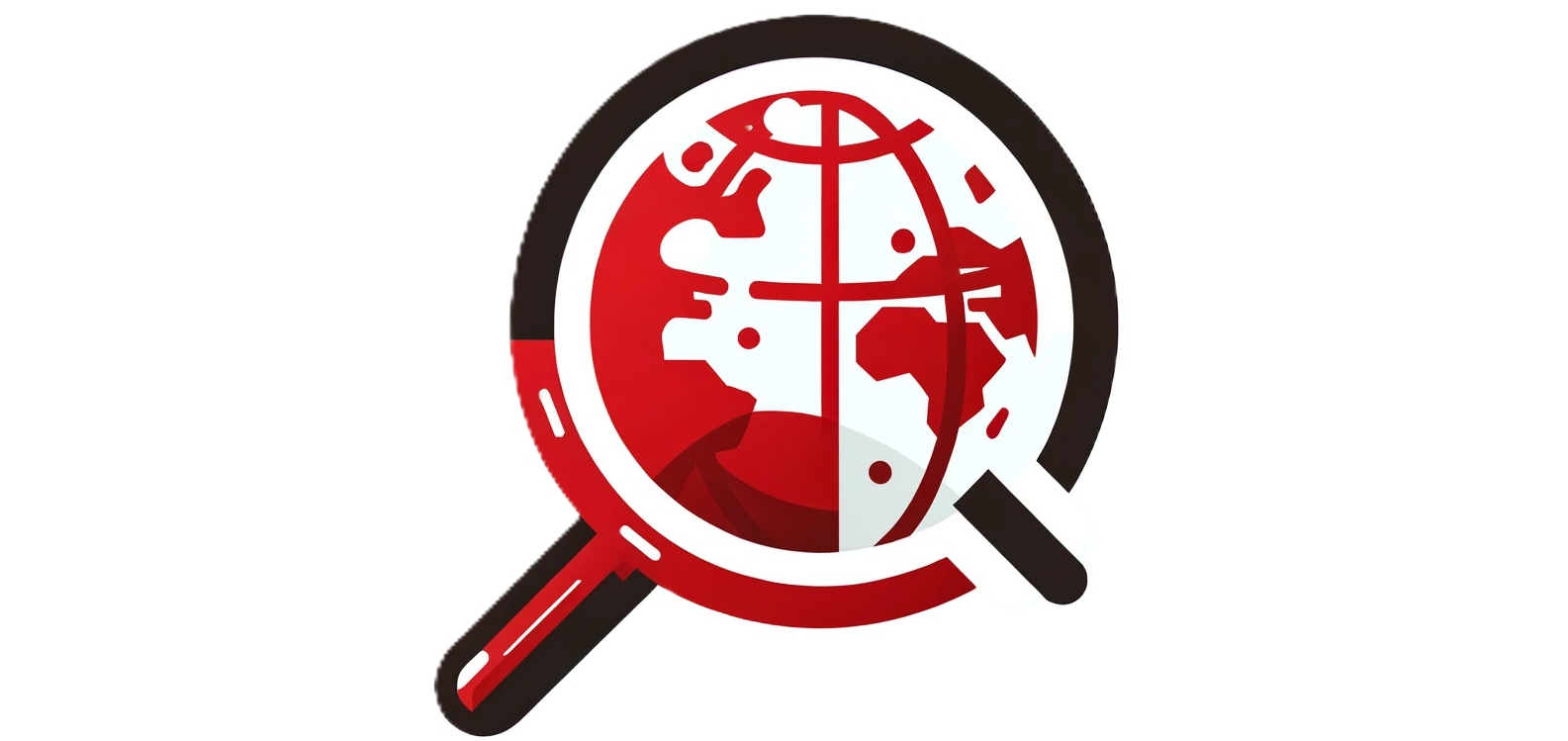Testing the textiles is an important part of quality control in the garment industry. Not only is it an effective way to evaluate the quality of fabrics. But testing may often be a mandatory requirement if you want to export your goods to another country. But learning testing methods in the textile industry can be overwhelming at first, simply because of the sheer presence of various testing methods.
In this guide, we’ve broken down the key elements of testing methods in the textile industry to give you the basic knowledge you need to know about testing.
What Is Textile Testing?
Textile testing is the process of examining a textile material by subjecting it to physical, chemical or other applicable textile or apparel testing methods. It is primarily used to check whether the quality of textiles meets the specified standards, which could be anywhere from compliance to safety requirements and standards, as well as to assess the overall quality.
Why Is Textile Testing Important?
Textile testing is a core component of quality control in the garment industry, and there are several reasons why textile testing is essential. Fistly, the textile and apparel industry has a relatively low entry barrier which means that there are countless clothing suppliers available – with varying levels of quality and workforce skillset – in the market.
One of the challenges companies often face is that the clothing manufacturers may be situated in geographically distant countries, such as India, Vietnam, and China. These countries may have different standards for apparel production than in your market and may contain substances that fall outside what is considered legal in your region. It is often your responsibility to ensure compliance, as failing to comply with requirements can incur heavy fines and result in product recalls.
Benefits of Textile Testing
There are many benefits of textile testing, and below are just a few examples of why textile testing is done:
- It helps you to assess the quality of the fabric/clothing.
- Ensure that your apparel product is free from harmful substances and complies with industry standards and regulations.
- Avoid potential defects before your product reaches the market.
What Are Textile Standards?
Textiles are used in all aspects of our daily life, whether near or on our bodies as a clothing pieces or in the furniture or bedding we use. In most countries, textiles are governed by national textile standards that are set up to ensure they meet certain safety requirements and provide a certain level of quality and consumer protection.
For example, by 2030, the EU aims that all textile products placed on the EU market, are durable, free of hazardous substances, and produced in respect of social rights and the environment.
Examples of Textile Standards
- General – International Organization for Standardization (ISO).
- EU Markets – REACH, Regulation (EU) No 1007/2011, General Product Safety Directive (2001/95/EC) and EU Ecolabel for textile products.
- China Market – GB 18401 and 31701.
- USA – Flammable Fabrics Act (FFA), Federal Hazardous Substances Act (FHSA), Consumer Product Safety Improvement Act (CPSIA) for Children’s Clothing, The American Society for Testing and Materials (ASTM).
How Many Types of Textile Testing Are There?
There are, in general, three broader categories of textile testing: visual evaluation, instrumental evaluation, and laboratory tests. The visual evaluation is exactly what it sounds like: an assessment of the fabric based on its appearance, colour, texture, and other factors that are often seen by the naked eye. Meanwhile, instrumental evaluations use various instruments to test the properties of the fabrics, such as elasticity and strength. On the other hand, textile testing labs are used to check whether the clothing piece complies with defined standards and is free from hazardous substances.
Let’s look at some standard textile testing methods used in the industry.
Fiber Identification Testing in Garment Industry
Fiber testing is a process that helps to identify the quality by examining the various properties of the fiber. Nearly all textile products intended to be sold in markets such as the US and EU have to be properly labelled with a fiber identification lab.
Testing Textile for Restricted Substances
Some examples of restricted substances include:
- Polycyclic Aromatic Hydrocarbons (PAHs)
- Chlororganic Carriers (COCs)
- Formaldehyde
- Azo dyes & salts
- Carcinogenic dyes
Texting Textiles for Flammability
Most of the markets have mandatory flammability requirements, including both domestic textiles and commercial textiles. These requirements are in place to protect the end consumer. The flammability tests measure the materials’ response to heat and flame under controlled conditions to evaluate the burn potential and flame spread time.
Garment Performance Test (GPT)
Garment Performance Test (GPT) is an industry term for a method for testing textiles performance, durability and whether they meet predefined applicable standards. This test conducts various wear and tear tests on the fabric, including colourfastness, physical tests (such as strength, abrasion, and pilling resistance), and chemical tests.
How to Test Textile?
In many cases, the testing process is complicated or near impossible to perform on-site. Instead, it often requires the manufacturers to send their products to external third parties for laboratory testing of textile materials and finished products. When selecting a textile laboratory, choosing a company with an accredited textile laboratory is always wise, as it gives you an indication their testing procedures ensure high precision and accuracy. You’ll receive a test report from the textile laboratory after the evaluation is completed.
See an example of a REACH test report.
Conclusion: The Beginners Guide to Textile Testing Methods
A key component of quality control in the textile industry is to ensure all materials used in production are safe, comply with regulations and meet the specified requirements. One way to ensure that is by testing samples of the textile. This article outlined various textile testing methods, including restricted substances, fiber composition physical tests and more. At AQM BD, we provide high-quality garment inspection and testing services. We can test fabric against most international standards and be your one-stop shop for quality control in your garment supply chain. Book your garment inspection service today!






